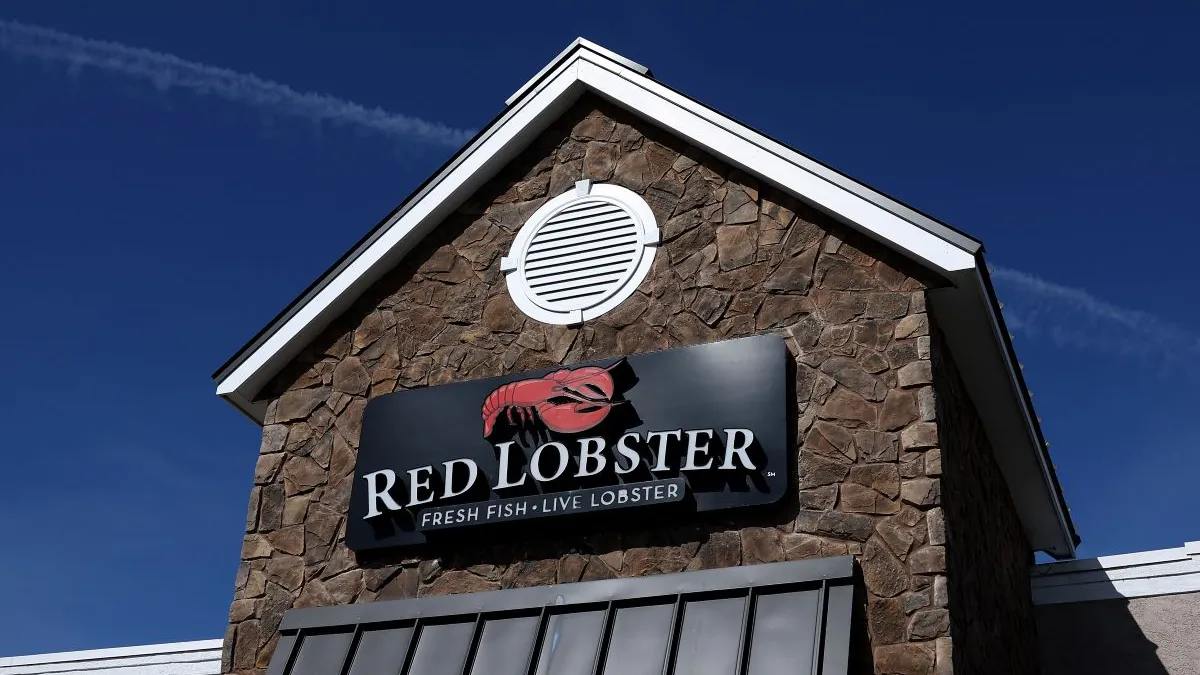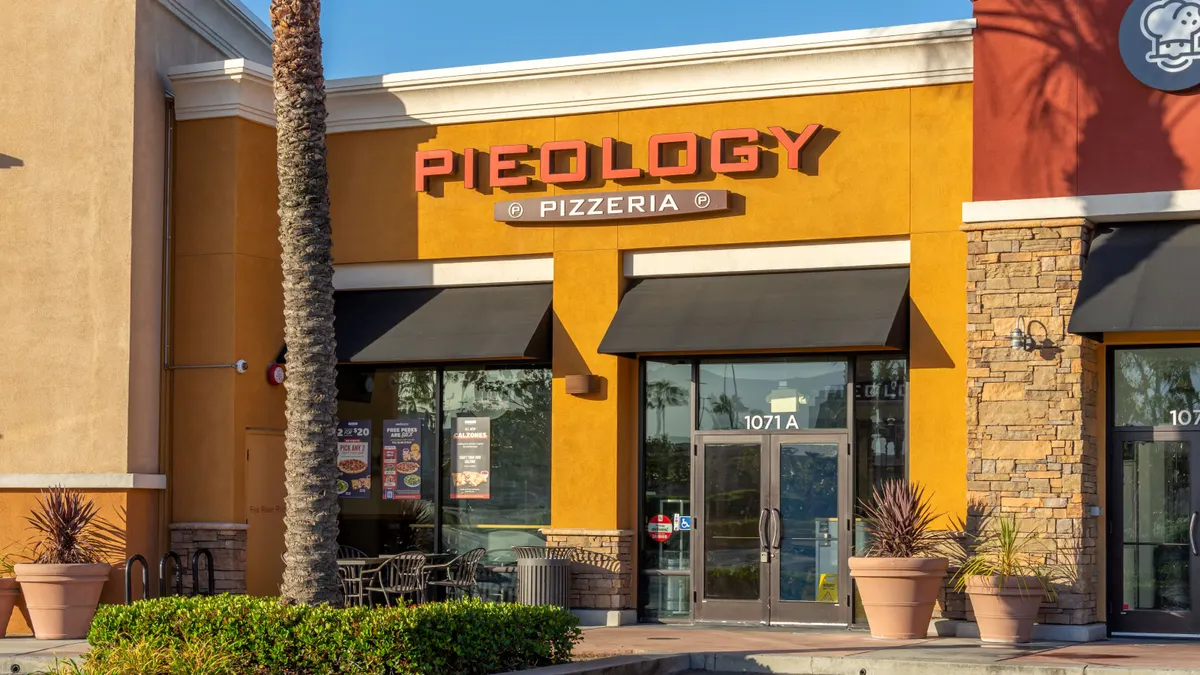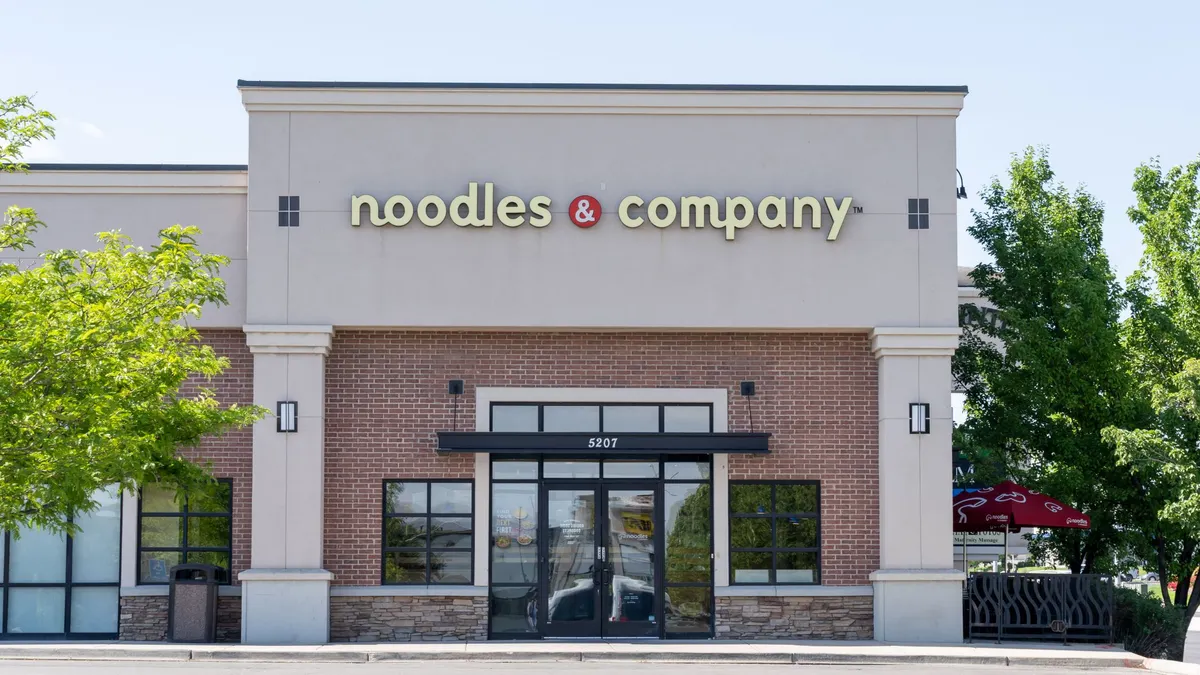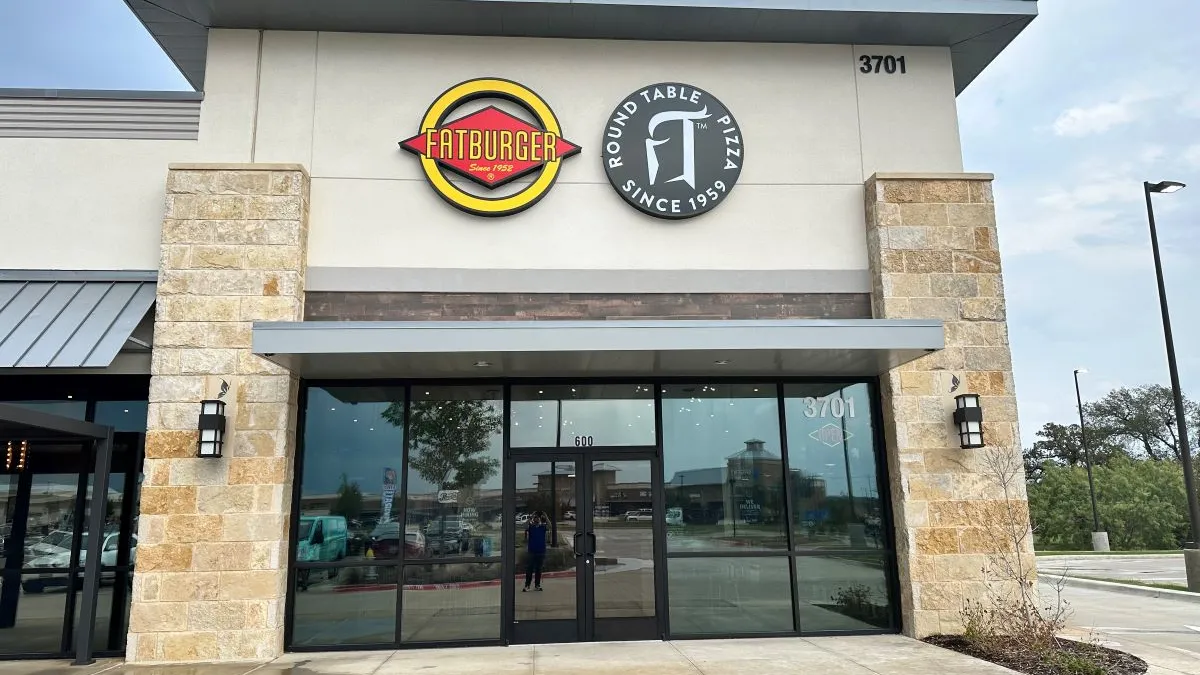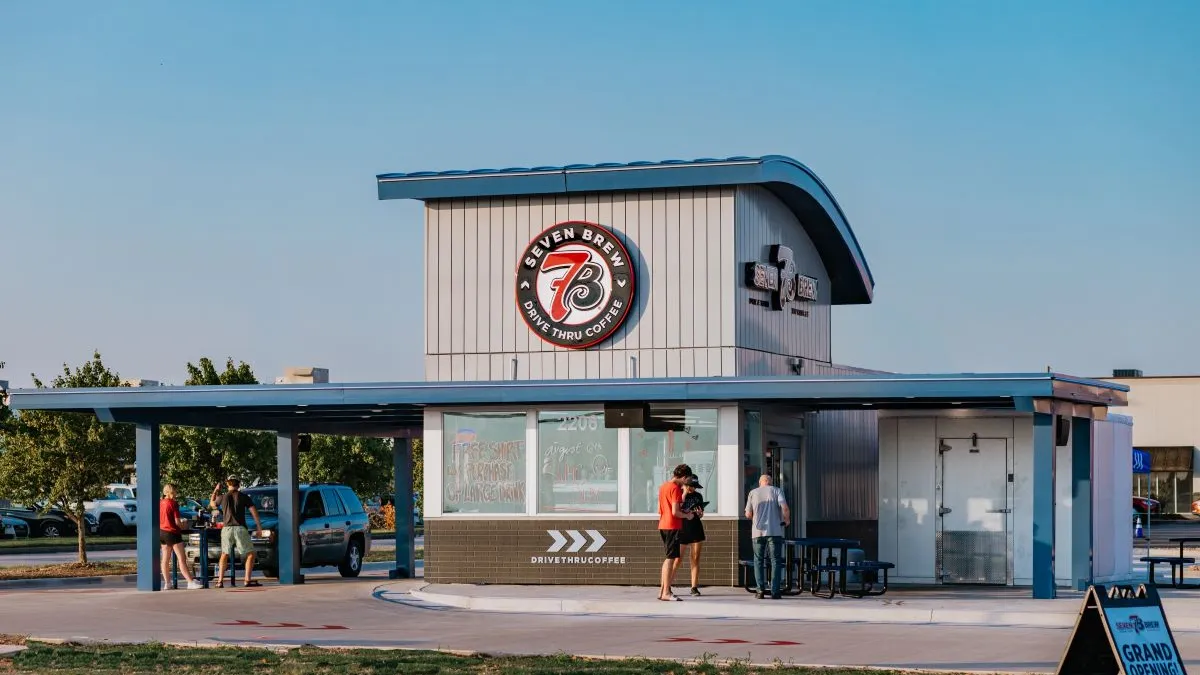Red Lobster declared bankruptcy Monday — punctuating a five-year chapter marked by traffic declines, inconsistent sales and dwindling cash.
The restructure will result in a leaner company, smaller menu and better capital structure, per a plan laid out in a court filing by CEO Jonathan Tibus. The restaurant chain, which was established in 1968, has long been considered the top seafood restaurant in the U.S. But recently, it has struggled to keep hold of its crown in the face of shifting consumer preferences.
Red Lobster tried to keep pace with trends by adding new menu options like “lighter seafood dishes to cater to health-conscious consumers,” Tibus said in a court filing. It also had popular annual events like Crabfest and Lobsterfest, in which the company offers lobster-heavy or crab-heavy menus for a limited time.
Additionally, the chain created a streamlined off-premise business with Red Lobster To Go. In 2017, it launched online ordering and expanded its partnership with DoorDash. This channel was born out of pandemic-induced demand for delivery, but has since grown to make hundreds of millions of dollars in annual revenue, Tibus said. Red Lobster also built a retail product line over the years, including Cheddar Bay Biscuits consumers can make at home.
Despite building a $2 billion company, per the court filing, its financial condition quickly declined beginning in 2019.
Red Lobster’s guest count has fallen by 30% since 2019 and has since “marginally improved” from pandemic levels in 2020 and 2021. Net sales increased roughly 25% from 2021 to 2023, but net sales have slid during the last 12 months, Tibus said. EBITDA has also been down more than 60% during the last six months, “which all but erased any ground Red Lobster recovered following the pandemic,” Tibus said.
During fiscal 2023, Red Lobster reported $76 million in net losses. Its cash position also diminished last year following an operating cash loss of $31 million and a forced repayment of $27 million in debt following a transition to a vendor-managed inventory program. The company had to pay $32 million in interest payments, as well. Within six months, the company’s cash shrunk from $100 million to less than $30 million.
Ultimately, the chain ended up putting holds on vendor payments to maintain its cash and expected to have this situation resolved in December — a month where the company tends to generate significant cash. But its financial situation didn’t turn around.
“By the end of 2023 it became clear that the Company’s liquidity crisis would not be cured by the seasonal bump in revenue,” Tibus said.
The shrimp promotion problem
Inflationary pressures from increased wages, alongside unfavorable leases and underperforming locations, led to financial woes for Red Lobster. But perhaps the most acute financial blow was the impact of its now notorious Ultimate Endless Shrimp promotion last summer.
Interim CEO Paul Kenny, who was appointed in 2022 after Kelli Valade left the company after less than a year, made the promotion a permanent $20 item “despite significant pushback from other members of the Company’s management team,” Tibus said.
“This decision created both operational and financial issues for the Debtors, costing the Debtors $11 million and saddling the Company with burdensome supply obligations, particularly with its equity sponsor, Thai Union,” Tibus said.
During Unlimited Endless Shrimp, Red Lobster did heavy in-store promotions, which is not typical for the company.
“The excessive merchandising decision led to supply issues resulting in major shortages of shrimp with restaurants often going days or weeks without certain types of shrimp,” Tibus said.
Equity sponsor Thai Union has been a large-scale supplier to Red Lobster, Tibus said.
“I understand that Thai Union exercised an outsized influence on the Company’s shrimp purchasing, as indicated by, for example, Mr. Kenny’s April 2023 purported direction to Thai Union to continue producing shrimp for Red Lobster that did not flow through the traditional supply process or bid cycle or adhere to the Company’s demand projections,” Tibus said.
Under a reported quality review, Kenny also decided to eliminate two of Red Lobster’s breaded shrimp suppliers, which led to Thai Union holding an exclusive deal that “led to higher costs to Red Lobster,” he said.
“The Debtors are exploring the impact of the control Thai Union exerted, in concert with Mr. Kenny and other Thai Union-affiliated entities and individuals, and whether actions taken in light of these parties’ varying interests were appropriate and consistent with applicable duties and obligations to Red Lobster,” Tibus said.
After an attempt to restructure out of court fell apart, it became apparent that Chapter 11 bankruptcy was the best path forward for the company.Thai Union, which said it would divest from Red Lobster, stopped providing additional capital support in February, Tibus said.
“Chapter 11 can be a useful tool for a restaurant chain like Red Lobster facing financial distress as it allows a debtor to renegotiate and reject burdensome leases and contracts, which are often a major financial strain on a distressed company in this sector,” Sarah Foss, global head of legal at Debtwire, wrote in an email to Restaurant Dive.
Red Lobster is already seeking approval for the court to reject 108 restaurant leases in the U.S. Additionally, it is seeking approval for a 75-day sale process where it would sell a leaner company to its pre-bankruptcy term lenders for $275 million in debtor-in-possession financing, as well as certain assumed liabilities if a third-party doesn’t buy the company, Foss said.
“This is a common path for debtors in Chapter 11, allowing them to test the market for potential bidders in the sale process that, most of the time, results in lenders taking control of the company,” Foss said.
Red Lobster’s path forward
Prior to filing for bankruptcy, Tibus created a “three-prong strategic priority plan designed to improve the Company’s operations.” The strategy incorporates plans to make Red Lobster a top place for employment and a great place to eat, and to reduce its cost structure.
As part of its first plan, the chain is working on ensuring that there is “one standard for store operations across its active stores,” Tibus said, adding that “it is critical that the employee and customer experience is consistently excellent across all locations.”
The company plans to implement an upgrade to its information technology systems and targeted investments. Additionally, to improve culture and retention, it is focusing on a culture of reward and recognition. Red Lobster is working on “modernizing the hiring process and developing individual plans for its directors and senior directors of operations,” Tibus said. The chain employs about 36,000 workers, with 2,000 located in Canada.
To bolster the customer experience and make the brand more engaging, Red Lobster has been leveraging its partners to “extend the Company’s voice, presence and impact within the market,” Tibus said. The chain plans to simplify its core menu that “balances efficiency and appeal.” The company will also be more sensible with its promotions and have fewer LTOs.
The third prong of the strategy, reducing cost structure, is already underway. The chain previously closed and vacated 93 locations. It attempted to relocate employees to other restaurants, where possible, and reorganized mid-level management. The stores were poorly performing locations due to high rent costs and/or were not financially feasible as they were becoming a drain on the company’s finances. The chain is also working to reduce “nonproductive spending across all departments,” Tibus said


